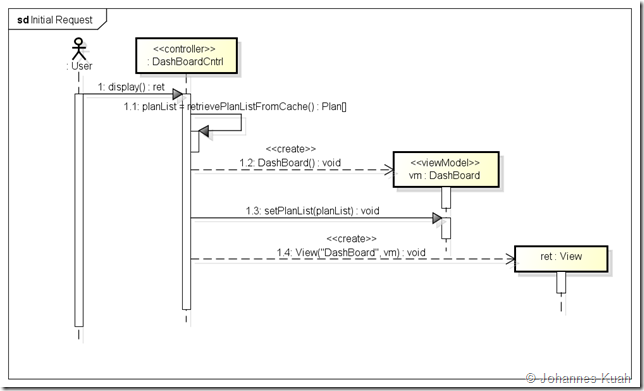According to the legal clauses in WhatsApp, such blocks have been made non-deterministic to protect privacy. However, by experimentation, you'd notice the following when you've been blocked: unable to see the "online" or "last seen" of the contact. Described here messages sent to the party does not get delivered - indicated by 1 tick instead of 2 unable to create a group with the party - An error message appears "Error while adding participant... not authorized to add this contact" The first 2 indicators are explained in WhatsApp's FAQ . Of interest is: We have made this intentionally ambiguous in order to protect your privacy when you block someone. Thus, we cannot tell you if you are being blocked by someone else, since this is a violation of that person's privacy However, the 3 indicator above (not mentioned by WhatsApp) appears to be a very strong indicator that you've been blocked by the contact.

